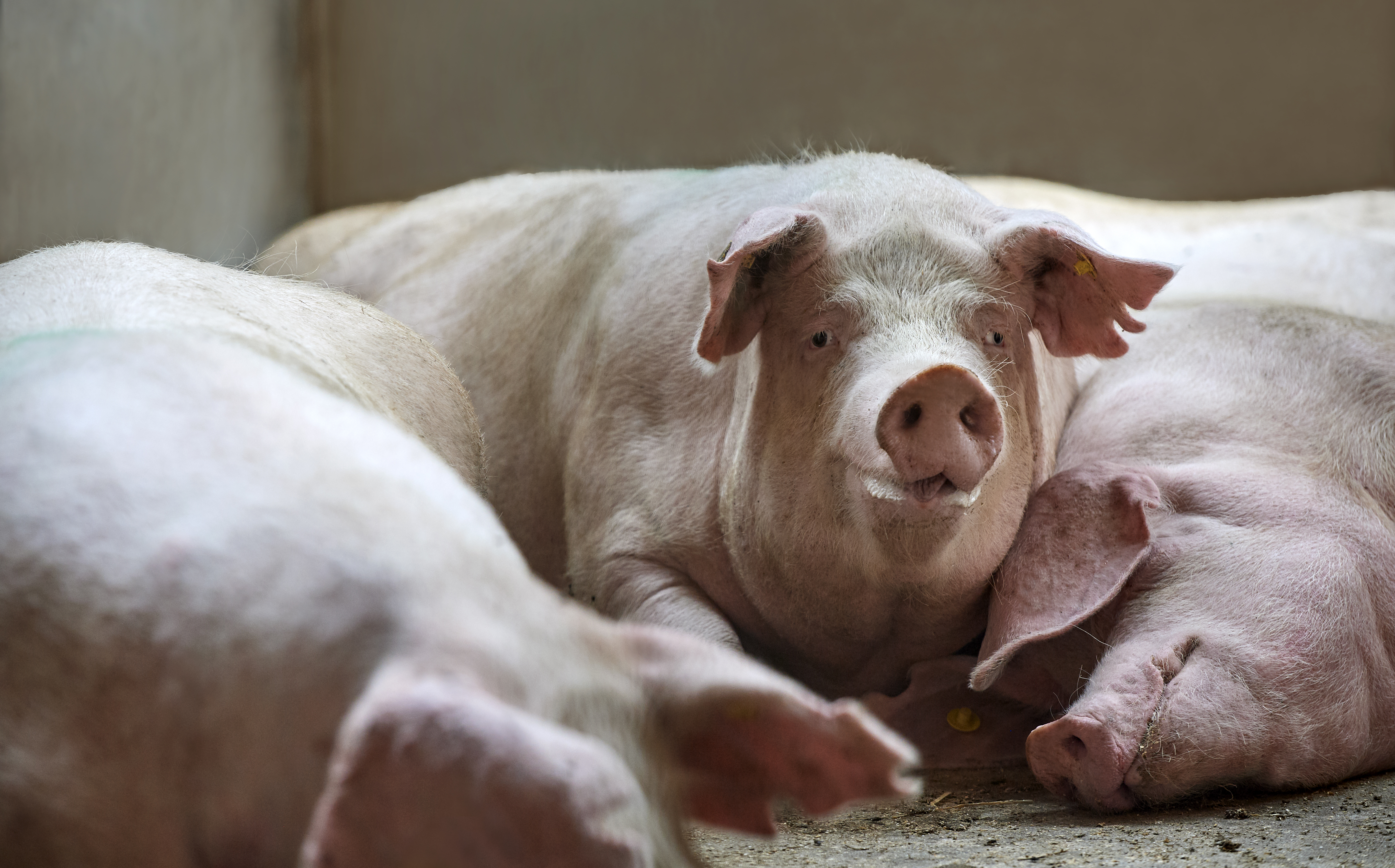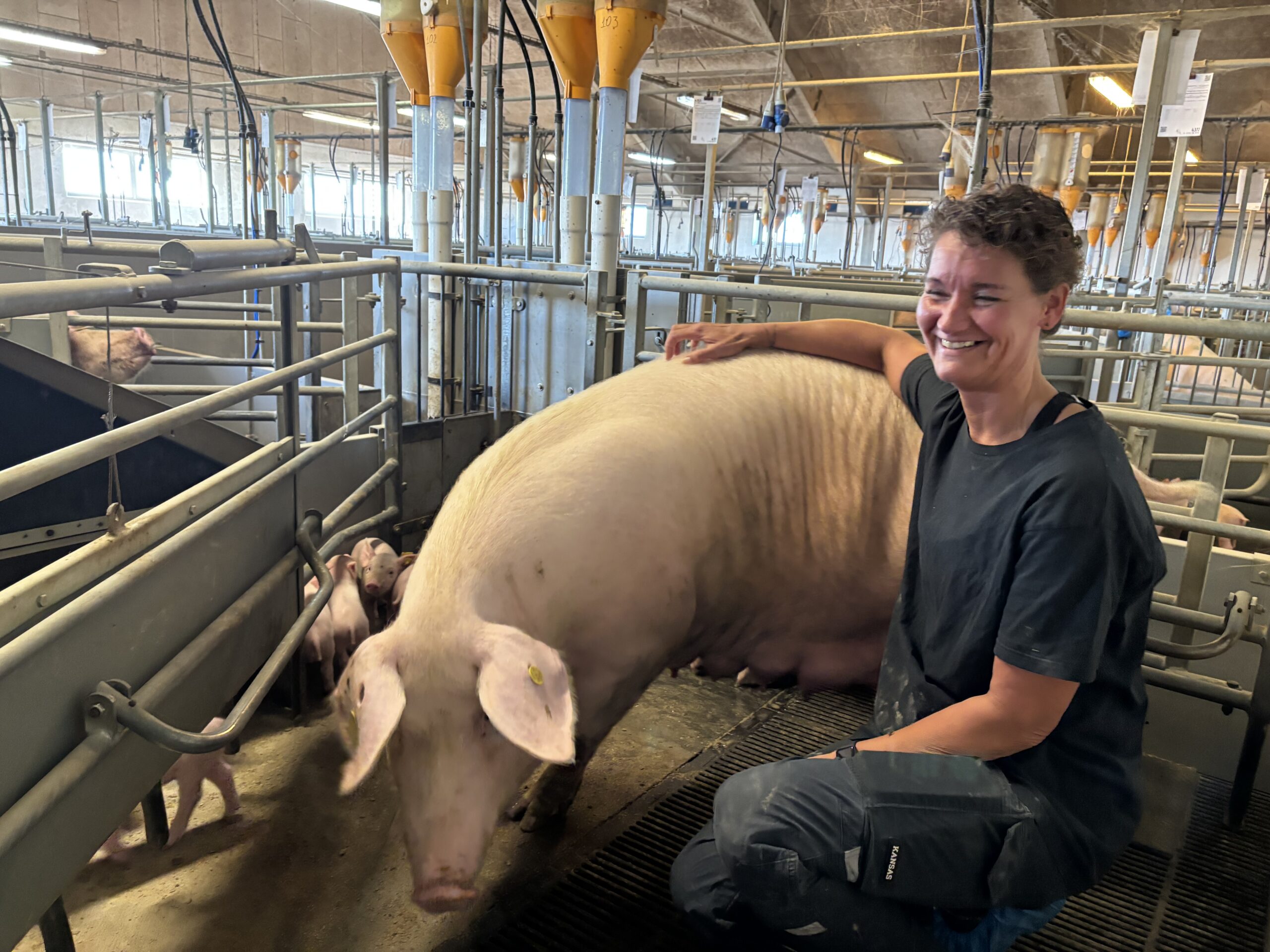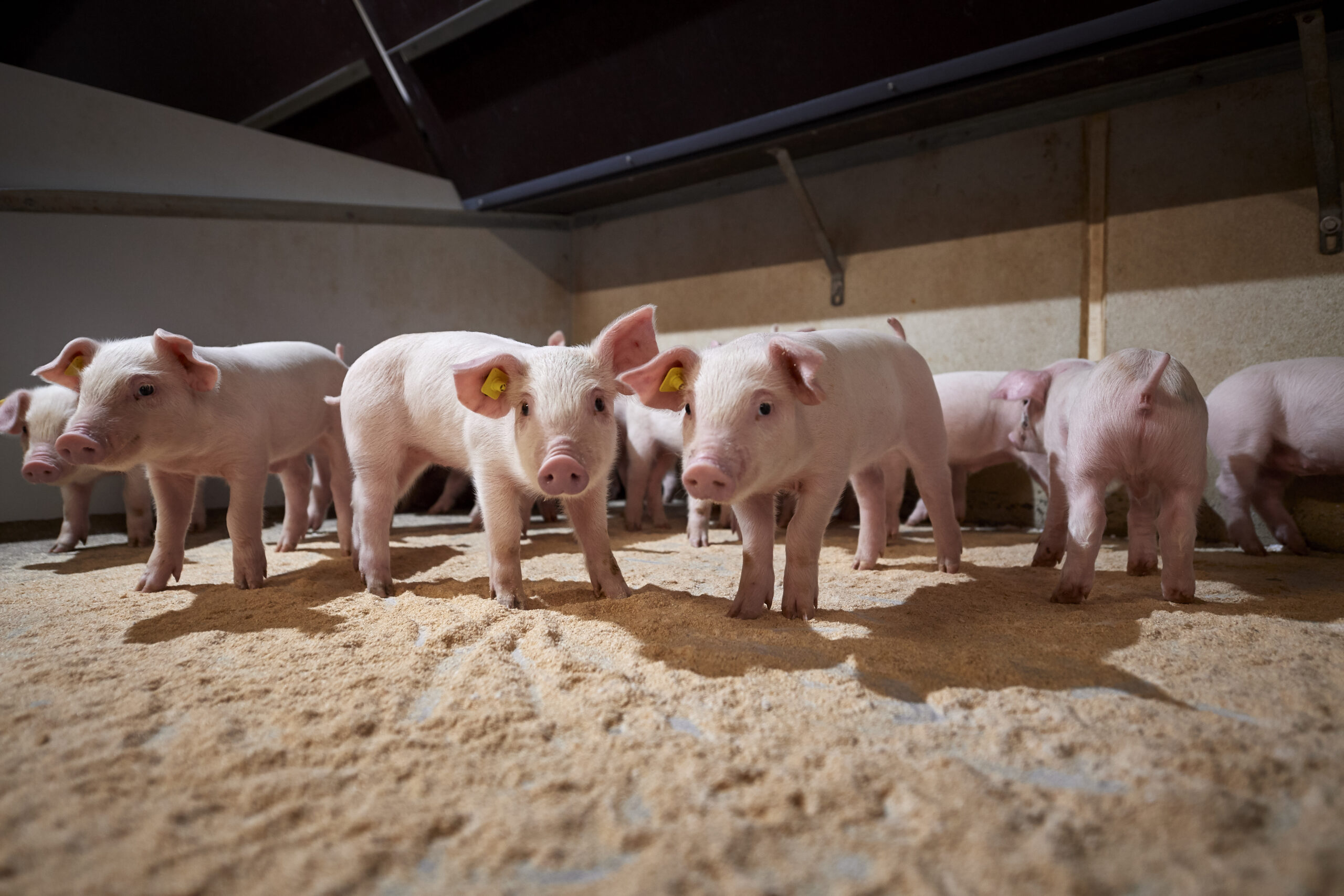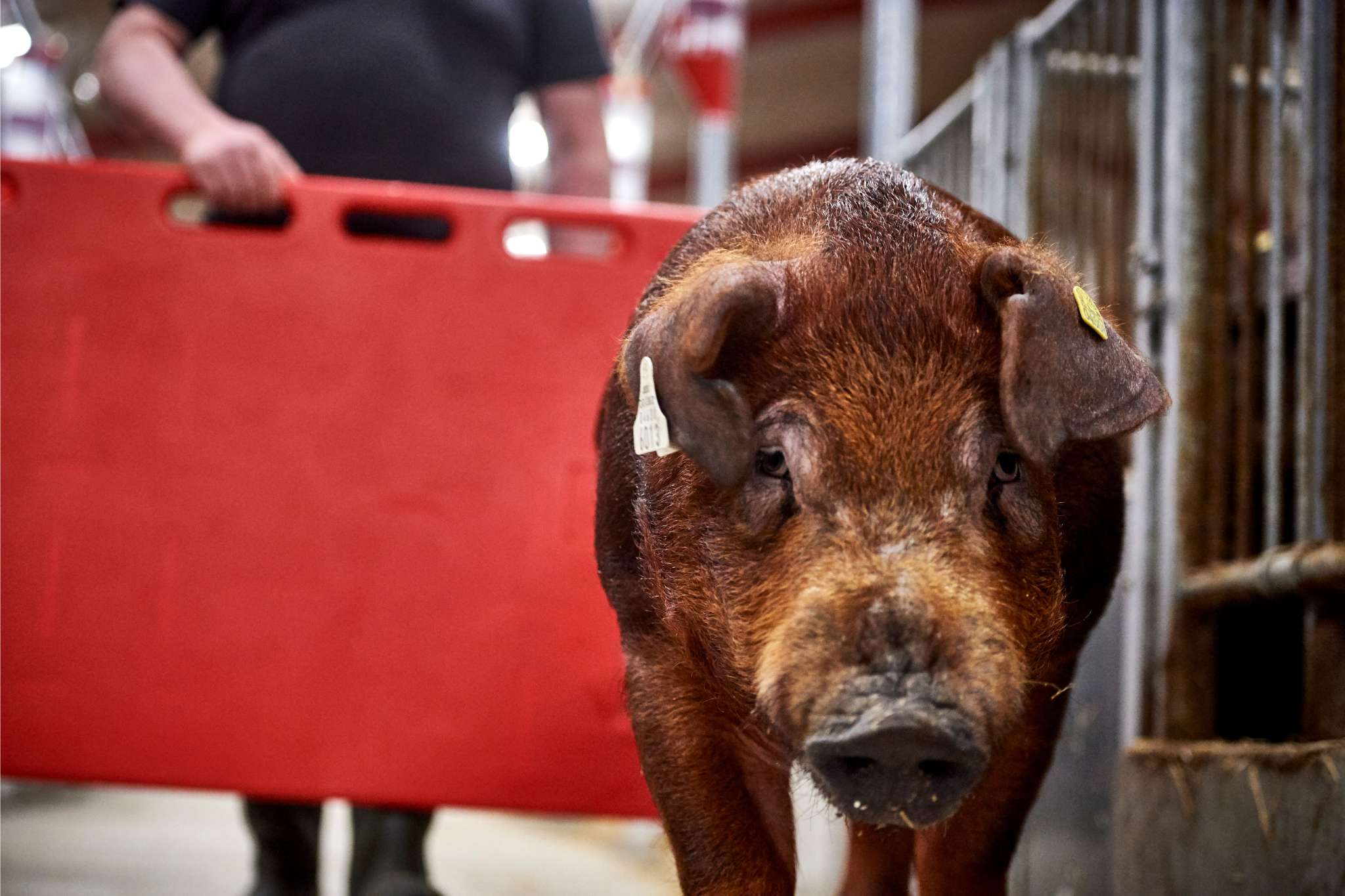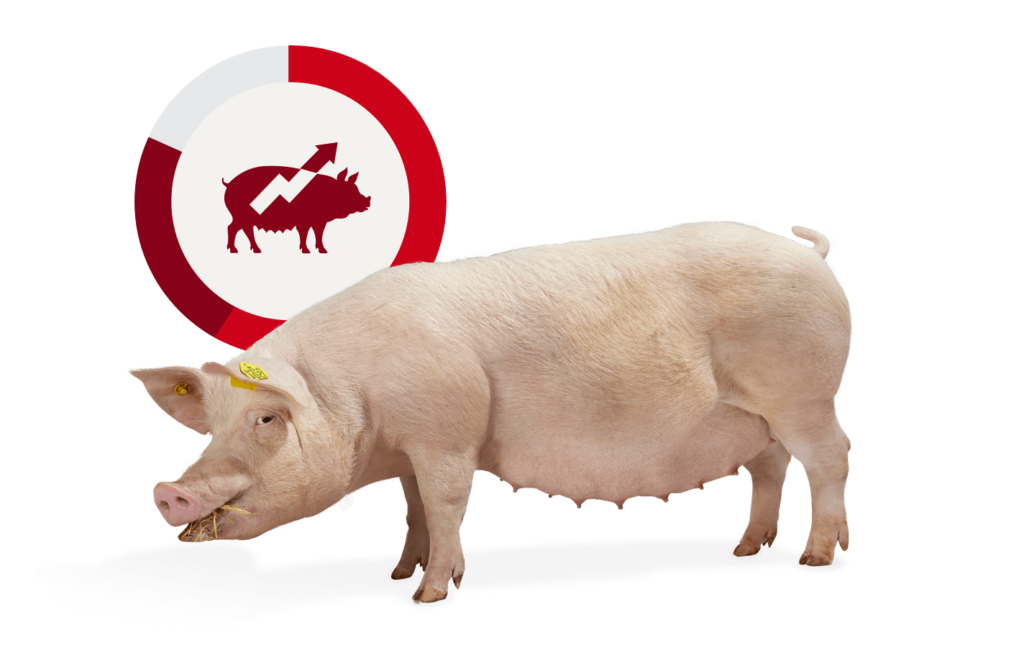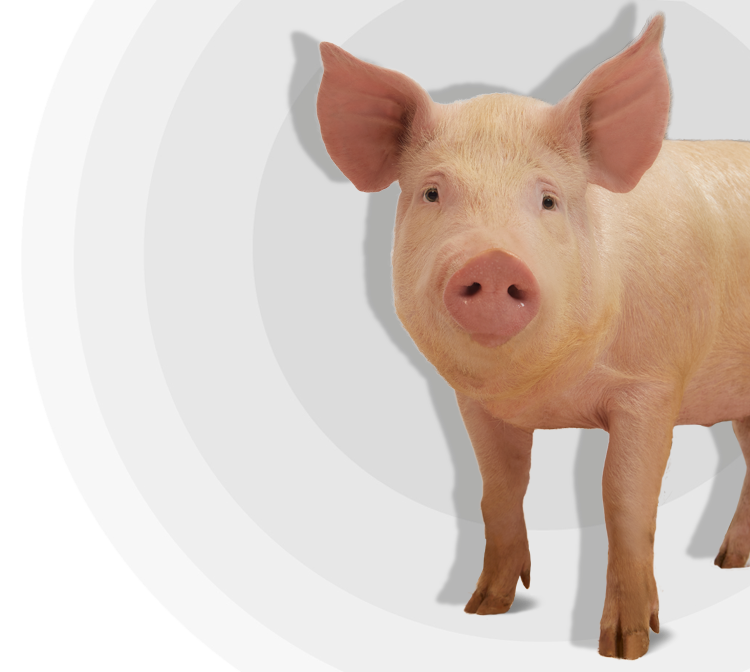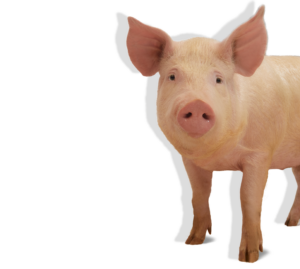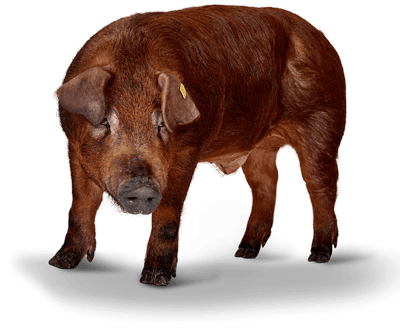DanBred delivers world-class genetics and service solutions that aim for the best overall economy for you as a pig producer by simultaneously and continuously providing you with improved productivity, genetic and economic progress and technical management support. By doing so, DanBred makes it possible to produce the highest quality pork with the least possible cost; maximum output for less input.
– A breeding programme is like a super-tanker; we have to set and maintain a steady course, which we then finetune at regular intervals in order to reach our desired destination; the highest possible value for our customers.
Thomas Muurmann Henriksen
Keeping a steady course
The main tool to achieving this goal is, naturally, the DanBred breeding programme, which has produced high genetic progress and corresponding economic profits for pig producers for decades. In average, over the past three years, the lasting annual profit per pig has improved by €1.81; an excellent result that further adds to the record-breaking improvements achieved in preceding years.“Together with our R&D partner, the Danish Pig Research Centre, DanBred continuously focuses on developing our genetics in order to ensure continued genetic gain both now and in the future, and the progress we have seen in recent years is the result of the focused effort in the breeding programme,” says Thomas Muurmann Henriksen, CEO at DanBred. “A breeding programme is like a super-tanker; we have to set and maintain a steady course, which we then finetune at regular intervals in order to reach our desired destination; the highest possible value for our customers”.
As the genetic progress results in table 1 show, there are plenty of noteworthy productivity improvements. The survival rate in nucleus and multiplier herds is increasing and litter size has improved. Furthermore, there is clear progress in finisher traits, such as feed conversion, daily gain and meat percentage, and, at the same time, the robustness traits of longevity and conformation are kept at an optimum, steady level. In addition, trials have shown that breeding progress impacts cross-breed herds just as much as animals in the breeding nucleus, meaning that improvements have a positive effect on all our customers throughout the supply chain.
Achievements in litter size and survival
A substantial part of the productive and economic increase seen over the past decade can be traced back to high genetic progress for the trait LP5, live piglets on day 5 per litter. Since its introduction into the DanBred breeding goals for DanBred Landrace and DanBred Yorkshire in 2004, selection for LP5 has simultaneously contributed to an increase in litter size and a reduction in piglet mortality in the crucial time period between the piglets’ birth and day five after farrowing (figs. 1 & 2).
Consequently, today, DanBred is leading the field of improvements in litter size and survival, and the transfer of the genetic traits to production herds is also going very well. The top producers in Denmark are currently weaning just above 40 pigs per sow per year, and this figure is closely followed by similar results outside Denmark.

Table. 1. The average annual genetic progress over the past three years (2017-2019)
Maternal traits in the breeding goals
Data show that some sows have a genetic disposition for providing their offspring with a faster daily gain from farrowing up to 30 kg. Therefore, a new trait for maternal abilities, maternal effect on early growth, was added to DanBred’s breeding goals in 2018.
Terminal sire impact on litter size
A male fertility trait was added to the breeding goal for DanBred Duroc in 2015, which relates to the sire impact on litter size. Since then, breeding has been more targeted, and data shows that the DanBred Duroc is now making a significant contribution to productivity improvements in sow herds, which directly benefits DanBred’s customers.
Focus on finisher traits and feed conversion
Positive as these figures may be, the fact that LP5 has improved so significantly since 2004 also means that further improvements are less valuable today, than when the trait was first introduced. “To be sure, LP5 is still important to have in the breeding goals, and the value of large litters with high survival rates is still high. Nevertheless, by putting slightly less emphasis on LP5 in the breeding goals for DanBred Landrace and DanBred Yorkshire, there is relatively more scope for improvements in finisher traits such as feed efficiency, which is the economically most important trait for pig producers around the world,” says Helle Palmø, Chief Geneticist at DanBred.
During the past few years alone, DanBred’s selection for improved feed conversion ratio has resulted in -0.041 FUs/kg gain (~ -0.038 kg feed/kg gain) in genetic progress. “Keep in mind that during the last decade, slaughter weight has increased by ½ – ¾ kg annually, which partly blurs the result, as feed efficiency decreases when slaughter weight increases,” explains Helle Palmø, before concluding: “-0.041 FUs/kg gain (~ -0.038 kg feed/kg gain) is a highly satisfactory genetic gain”.
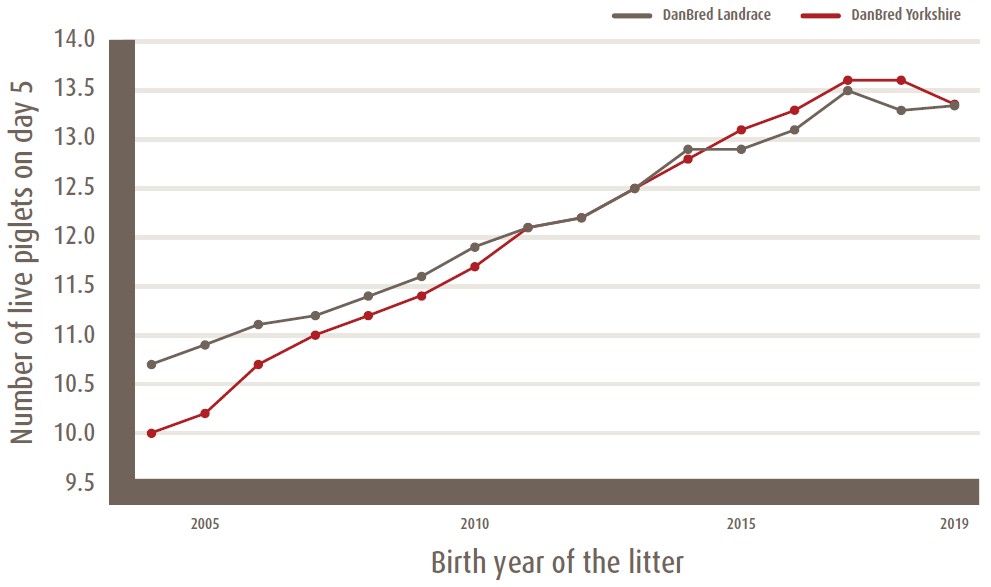
Fig. 1: LP5 (live piglets on day 5 after farrowing), 2004-2019

Fig. 2: Mortality until day 5 after farrowing (%), 2004-2019

